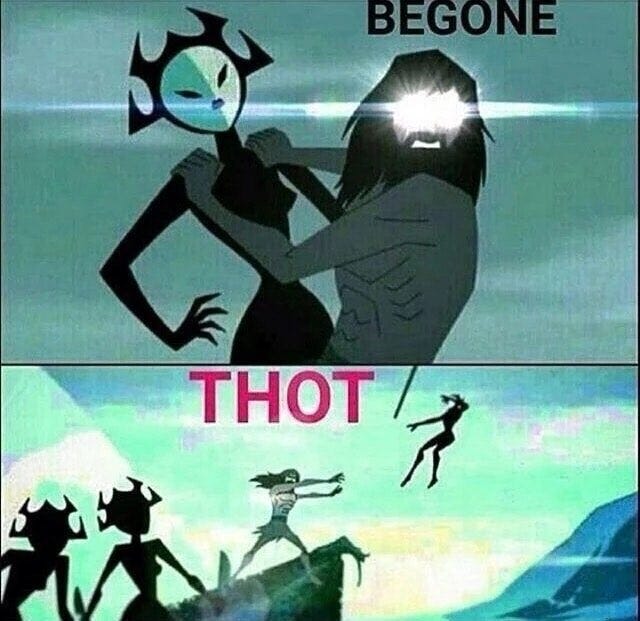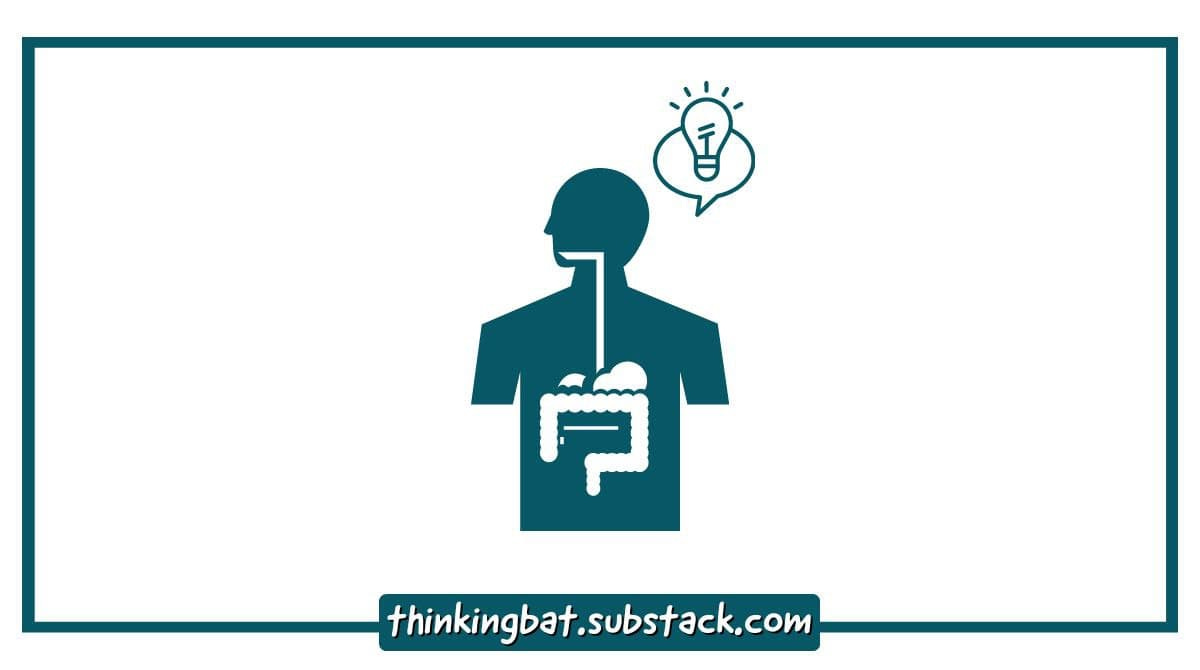On 16th October 2018, a 33-year-old blogger-turned-author published a phenomenal book that changed his life forever. His book was bought and read by 3 million readers globally in more than twenty different languages.
The book was #1 on the New York Times Bestseller List for two months in a row. It was the number one bestseller on five renowned lists: The New York Times, Wall Street Journal, USA Today, Amazon Charts, and Audible.
That book is Atomic Habits, written by James Clear. The main principle of his book—contrary to popular belief—was that you do not need to make drastic changes in your lifestyle to improve yourself. The book’s ideology solely stands on the very foundation of this idea—Tiny Changes, Remarkable Results.
Before this book, most of our THOT leaders and motivational speakers advertised the idea of making significant changes quickly in our life to get better at something. Only a few of them highlighted the importance of making microscopic and inefficient progress in the short-term to harvest long-term benefits.
Now I am not writing this essay to crucify our influencers’ flawed ideologies. I am writing it because I want to discuss the anatomy of interesting ideas, the practical reasons that make a book like Atomic Habits interesting.
Let’s pause this discussion here. We will get back to it to figure out what makes Atomic Habits such a compelling book.
Anatomy of Interesting Ideas
In 1971, the sociologist Murray Davis published a thirty-six-page long paper about interesting ideas. In it, he concluded that:
Interesting theories are those that deny certain assumptions of their audience, while non-interesting theories are those which affirm certain assumptions of their audience.
A new theory will be noticed only when it denies an old truth, proverb, platitude, maxim, adage, saying, commonplace, etc.
In other words, people find those ideas interesting that prove some of their preconceived notions to be false. If a theory confirms what they already believe to be true then, it fails to get their attention because they already had that information.
There is more to Murray’s theory about interesting ideas than those two lines in the quote. In his paper, he laid out 12 traits of an interesting idea distributed in two different categories that we will discuss in the next part of this essay. Until then, stay tuned!
An Interesting Loophole
In 1515, a Polish priest named Nicolaus Copernicus proposed that the Earth was a planet like Venus or Saturn and that all planets circled the Sun.
Afraid of criticism, he did not publish his theory until 1543, shortly before his death.
The theory gathered few followers, and for a time, some of those who did give credence to the idea faced charges of heresy.
Italian scientist Giordano Bruno was burned alive at the stake for teaching Copernicus’ heliocentric view of the Universe. It took another hundred years for heliocentrism to get popular.
This highlights the loophole in Murray’s theory—Not all those ideas are interesting that discredit an old truth, but the ones that deny only the loosely held beliefs of the audience.
The more emotionally attached your audience is to the truth that you seek to deny the more they will refuse to read and accept it.
For instance, the idea of humans flying in a tin shell was no less radical, in terms of scientific ambitiousness, than the idea of heliocentrism, yet it wasn’t criticized or condemned by the masses. Instead, it was a celebration of courage and intelligence.
Similarly, the book Irreversible Damage was critically condemned by transgender activists and their followers. Even though the book denied a very popular perceived truth, it was barely considered to be interesting. The book has a rating of 2.5 stars on Google (where you can rate a book without even buying it) while on the other hand, its rating is 3.9 on Apple Books (where you have to purchase the book before reviewing it).
Another important thing to keep in mind is that not all interesting ideas are true, which is why fake news spreads like wildfire.
I appreciate your patience and dedication to read this endless essay. There is still a lot left to share and talk about Murray Davis’s interesting theory. The next part of this essay is going to be more insightful and information-packed than this one.
If you have any doubts or suggestions please comment below or you can DM me on Twitter.
More than having a large audience, I want a sustainable group of the right people. People who get something out of these weekly essays. If you know someone who fits the bill, feel free to share my work with them. And if you are new here and like what you have read, then by all means subscribe.
Thank you.






